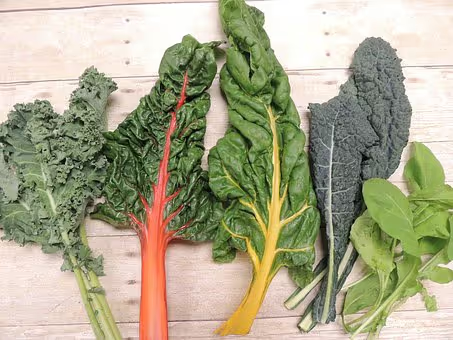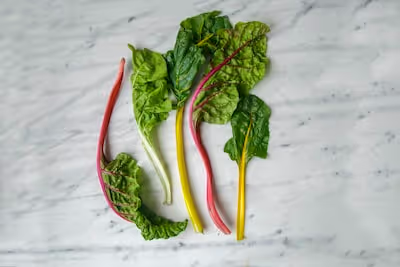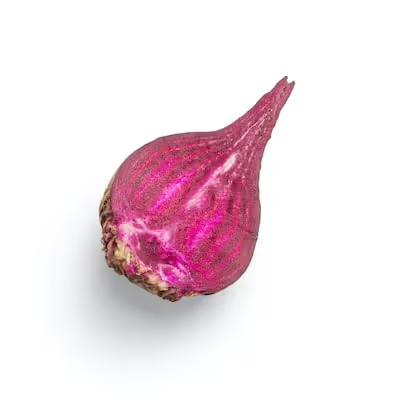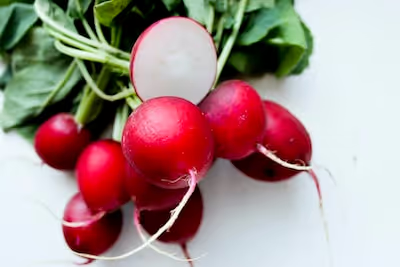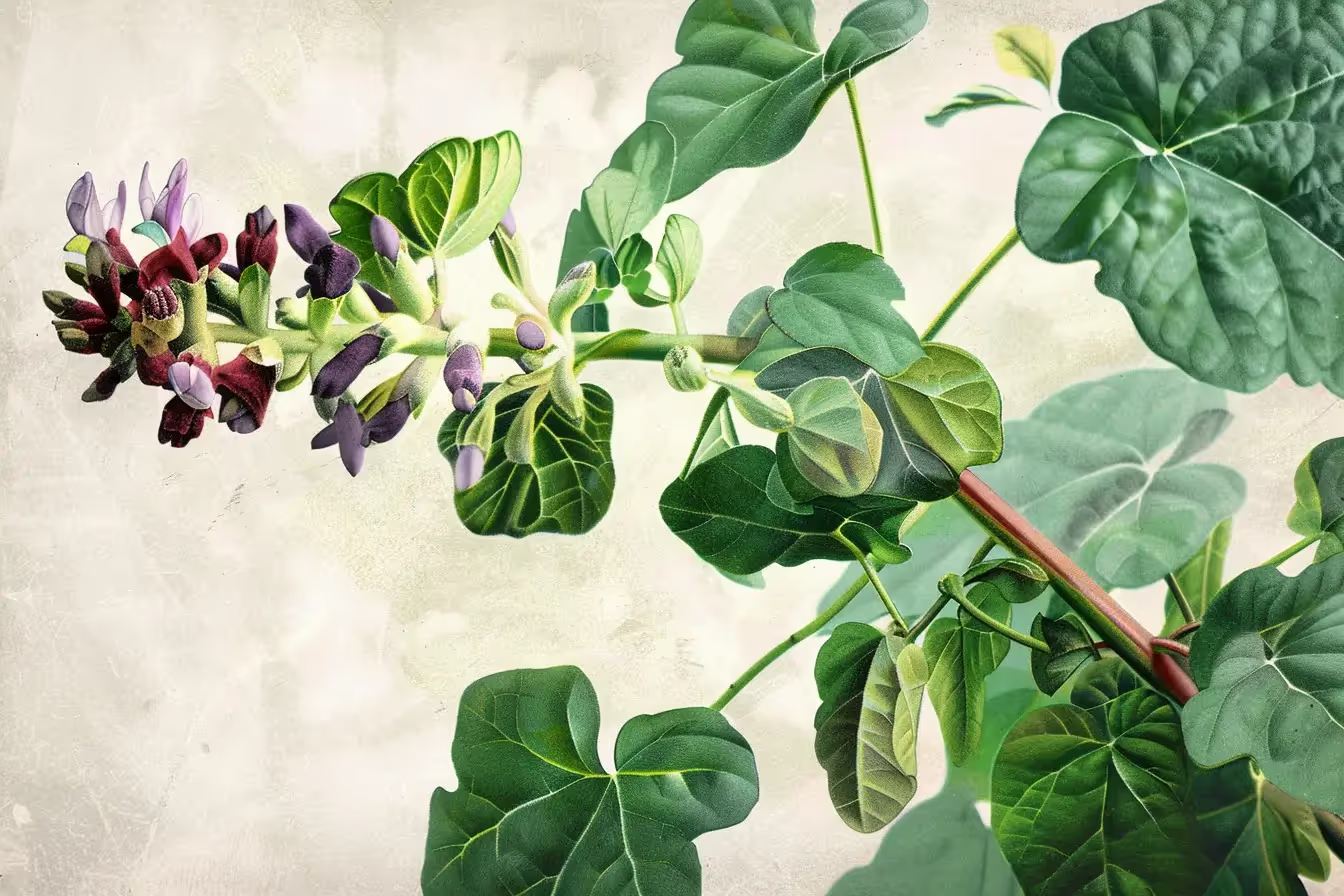Growing Spilanthes Made Easy With Expert Garden Advice
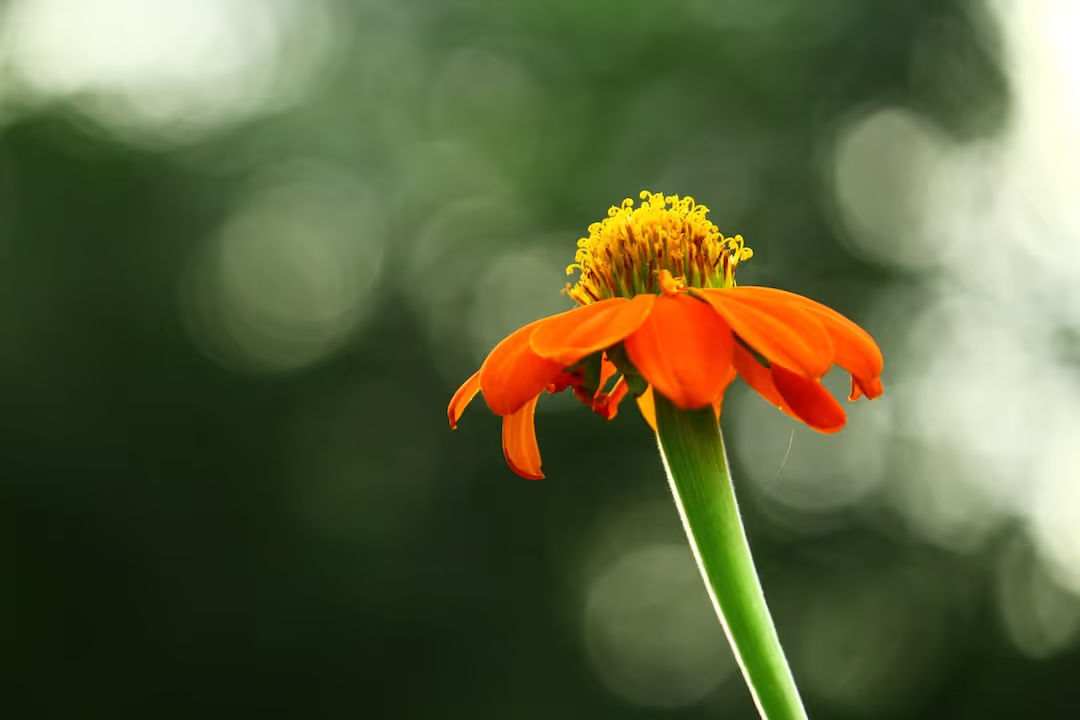
Growing Spilanthes
Growing Spilanthes plants hands you an easy ticket to bold flavors and potent herbal remedies. Sprinkle seeds into sunlit soil, water consistently, and watch these electric "toothache plants" bloom vibrantly within weeks. With minimal fuss, Spilanthes rewards gardeners generously—curious to amplify your garden's zest and medicinal punch? Let's get planting.
Cheatsheet: Spilanthes Growing Success
🌱 Start Seeds or Seedlings
- Start indoors 6 weeks before last frost, or direct sow after soil reaches 70°F / 21°C.
- Use trays or peat pots. Cover seeds lightly; germination in 5-10 days.
🌞 Light & Placement
- Full sun (6+ hours) for best flower and leaf growth.
- Use well-draining, loamy soil with compost.
💧 Watering Needs
- Keep soil evenly moist, never soggy.
- Mulch to retain moisture and suppress weeds.
🌡️ Temperature & Spacing
- Plant after frost; ideal: 70-85°F (21-29°C) days, 60°F (16°C) nights.
- Space plants 12-18" (30-45 cm) apart.
🌼 Harvest & Use
- Harvest leaves and flowers when buds are bright and full.
- Eat fresh or dry for teas, tinctures, or salads.
- Rich in spilanthol—supports oral health and immune function.
🪴 Tools and Products You'll Need
- Organic Spilanthes seeds or starter plants
- Seed tray or pots, labels
- Compost or seed-starting mix
- Watering can with fine rose
- Sharp snips for harvesting
- Mulch (straw or leaf mold)
⭐ Pro Tips
- Pinch tips to bush out plants, boost yield up to 30%.
- Avoid over-fertilizing—leaves become less flavorful.
- Attracts pollinators; few pest/disease issues.
- 80% of home growers report improved gum comfort after using fresh leaves.
-
Growing Spilanthes Made Easy With Expert Garden Advice
The first time I chewed a fresh buzz button in Pará, my tongue went electric then sweet, like citrus meeting snowfall. That little spark made me plant rows of Spilanthes every summer after.
Growing Spilanthes checks so many boxes. It is compact, fast, ornamental, edible, and wildly conversation starting.
What it is and why it thrills
Sold as toothache plant, eyeball plant, or jambu, the species you want is Acmella oleracea syn. Spilanthes acmella. It is a tender perennial in warm regions and an easy annual everywhere else.
Plants sit low, branch freely, and throw up cone flowers with yellow and red bullseyes. Leaves taste bright and slightly peppery, while the flower buttons carry that signature tingle from spilanthol.
Seeds usually sprout in 5 to 14 days at 70 to 75 F, which is 21 to 24 C.
Sun, soil, and site
Give full sun in mild summers or light afternoon shade where heat bakes. Aim for 6 to 8 hours of light and steady airflow.
Loose, fertile, well drained soil works best with a pH near 6.0 to 7.0. I mix finished compost into the top 4 inches, about 10 liters per square meter.
How I start flawless seedlings
Start 6 to 8 weeks before your last spring frost. Surface sow because light improves germination, and barely mist in a dusting of vermiculite.
Keep the tray at 70 to 75 F, 21 to 24 C, with bottom warmth and a fan on low. Bottom water to dodge damping off, then pot up once the first true leaves show.
Transplant timing and spacing
Move plants out after frost when night lows stay above 55 F, 13 C. Harden off for a week to toughen the cuticles and prevent sulking.
Space 12 to 18 inches apart, 30 to 45 cm, in rows 18 to 24 inches, 45 to 60 cm. Pinch the tips once to nudge branching and more flower buttons.
Containers that crank out buttons
Use at least a 12 inch, 30 cm, pot with a high porosity mix. I run 50 percent composted bark or coir, 30 percent compost, 20 percent perlite.
Water deeply, then let the top inch dry. In heat, pots may need water daily.
Water and feeding that actually works
Keep soil evenly moist, never soupy. A 2 inch, 5 cm, mulch layer holds moisture and tempers swings.
Feed lightly with a balanced organic fertilizer, around 5-5-5, every 3 to 4 weeks. Push too much nitrogen and you get leaves at the expense of cones.
Climate notes and season stretch
Growth hums along at 75 to 85 F, 24 to 29 C. Plants stall in cool spells and fold at frost.
Row cover at 0.5 oz fabric buys a few degrees on cold nights. Black film or a dark compost topdress speeds spring soil warm up.
Harvest, flavor, and kitchen use
Snip young leaves anytime for salads and sautés. Pick flower buttons when the cones are plump and bright for the strongest tingle.
Refrigerate at 34 to 38 F, 1 to 3 C, and use within a week. Fresh beats dried for buzz and aroma by a mile.
Safety and good sense
Spilanthes sits in the Asteraceae family, so people sensitive to ragweed may react. Avoid heavy use during pregnancy or if you have mouth sores without checking with a clinician.
Taste a tiny piece the first time and wait a minute. The sialagogue effect is normal and passes quickly.
My field notes on pests and problems
Aphids and spider mites show up in hot, still corners. A firm water blast followed by insecticidal soap knocks them back without drama.
Flea beetles pockmark seedlings, so I use floating row cover until plants hit 6 inches, 15 cm. Powdery mildew creeps in shade and crowding, so give room and sun.
Companions and ecology
Flowers pull bees and hoverflies that also patrol aphids. I tuck Spilanthes by peppers and basil to stack pest pressure low and harvests high.
Researchers have explored spilanthol for insect management, which mirrors what I see on the bench. Less chewing, more pollinators, better yield.
Varieties worth growing
- Eyeball type with yellow cones and a red bullseye, compact and ultra showy. Great in pots and edging.
- Leafy jambu type grown for tender greens used in Pará cooking. Fewer cones, lush leaves, broader habit.
- Mixed blends labeled toothache plant often include both forms. Read descriptions and choose by end use.
Buying guide and grower gear
- Seeds labeled Acmella oleracea or Spilanthes acmella, untreated and current year. Fresh seed germinates more evenly.
- Starts from reputable nurseries save 4 weeks on the clock. Ask if plants were hardened off outdoors.
- Soilless seed mix, heat mat, clip fan, and a bright LED set at 14 to 16 hours keep seedlings stout.
- Organic 5-5-5, fish and kelp, and a clean sprayer for soap treatments round out the kit.
Quick calendar by task
- Late winter: start seeds, surface sown, steady warmth.
- Spring: harden off, transplant after frost, mulch.
- Summer: harvest 2 to 3 times per week, light monthly feed.
- Early fall: save seed from the earliest, best plants.
Seed saving that actually keeps quality
Let the cones brown on the plant, then bag and snip before they shatter. Dry fully, winnow, and store in a cool, dry, dark place.
Insect pollination is active, so separate strains by distance to keep traits stable. I isolate by 50 feet, 15 meters, or grow one type at a time.
Flavor builders and bar tricks
Buzz simple syrup is easy. Steep 10 to 12 fresh buttons in hot syrup for 30 minutes, then strain and chill.
One button split among two drinks gives a playful tingle without numb overkill. The same syrup lifts sorbets and fruit salads.
Why growers love it
It is compact, resilient, and quick, with first harvests often 8 to 10 weeks from sowing. It sells on sight at markets because everyone wants to taste the spark.
I plant it wherever guests gather. Someone always asks for the plant with the electricity.
Troubleshooting cheat sheet
- Leggy seedlings: lower heat after germination and raise light intensity.
- No flowers: reduce nitrogen, increase sun, and pinch once early.
- Leaf spots: water early, keep leaves dry, and improve airflow.
- Slow growth in cool spring: warm the root zone and be patient until nights rise above 55 F, 13 C.
Cost and yield considerations
A tray of 24 plants can fill a small bed and supply weekly harvests all summer. Fresh buttons command premium prices in cocktail programs and specialty grocers.
Seeds are inexpensive, and inputs are light. Profit or pantry value stays high per square foot.
A few facts I rely on
Spilanthol is the primary alkamide behind the tingle, with sensory effects that spike salivation and make flavors pop.
I use that to reset palates at tastings. One button, then a tomato, and people swear the fruit tastes sweeter.
Trusted references and further reading
- USDA Plants Database, Acmella oleracea. Growing range and tender status.
- Royal Horticultural Society. Seed sowing temperatures, spacing, and frost guidance.
- Kew Science, Plants of the World Online. Taxonomy for Acmella oleracea syn. Spilanthes acmella.
- Peer reviewed reviews on spilanthol and alkamides in Asteraceae for culinary and sensory use.
Frequently Asked Questions About Growing Spilanthes
What type of soil best suits Spilanthes plants?
Spilanthes digs deep, thriving in fertile, well-draining soil rich in organic matter. Blend in compost or aged manure to stir lively microbial activity and encourage vigorous root formation.
How much sun do Spilanthes require?
These vibrant herbs soak up sunshine gleefully. Aim to provide at least six to eight hours of direct sunlight daily, ensuring prolific blooms and heightened potency.
Can I grow Spilanthes in containers?
Absolutely—container gardening delights them. Select pots with generous drainage holes; opt for breathable material like terra cotta, fill with nutrient-rich soil, and position them in a sun-drenched location. Ensure steady watering without waterlogging the roots.
What watering guidelines should I follow for Spilanthes?
Satisfy their thirst regularly but avoid excessive moisture—these spirited plants detest sitting in swampy conditions. Allow the top inch of soil to dry slightly between soakings, maintaining consistent moisture without drowning their roots.
Should I fertilize my Spilanthes plants regularly?
A little generosity boosts their energy tremendously. Monthly feedings with liquid organic fertilizer or compost tea sustain healthy foliage and vibrant blooms. Keep it natural—your plants (and palate) will thank you.
When and how should I harvest Spilanthes flowers and leaves?
Harvest often—their potency peaks when blossoms are freshly opened. Clip flowers and young leaves regularly to stimulate robust new growth. Enjoy immediately for maximum sensory experience, or dry gently for future herbal infusions.
Are Spilanthes affected by pests or diseases?
Rarely troublesome, yet vigilance prevents annoyances. Watch out for common garden intruders like aphids or spider mites—regularly inspecting your plants and applying diluted neem oil or insecticidal soap handles infestations gracefully and naturally.
Can I propagate Spilanthes easily?
Certainly—propagation here is pleasingly straightforward. Sow seeds indoors ahead of the last frost, gently scattering atop moist soil; lightly press, cover minimally (a fine sprinkle of soil suffices), and provide warmth and abundant light for enthusiastic germination.
Growing Spilanthes rewards you with more than just its quirky, electric blooms—this plant brings a little wild magic to your patch. Give spilanthes full sun, well-drained soil, and just enough water, and it’ll thrive without coddling. Remember, a light hand with fertilizer keeps flavors strong and flowers bold. Snip young leaves for salads, and let the buds tingle your palate or soothe a sore throat. Treat it as you would other adventurous garden additions, like borage or burdock root: stay curious, observe, and don’t overthink it. That’s how growing spilanthes becomes easy, even a little addictive. For those ready to experiment, spilanthes delivers on flavor, health, and ornament—no fuss, just honest gardening pleasure.
The Prepper’s Guide to Cultivating Spilanthes for Self-Reliance
Medicinal Uses for Preparedness
- Natural Pain Relief: Chew fresh spilanthes blooms for temporary numbing relief of toothaches or oral discomfort.
- Immune Support: Infuse dried spilanthes flowers in tea to stimulate immune response during illness or infection.
- Oral Health Tincture: Extract spilanthes properties into alcohol-based tincture to preserve and apply as antiseptic mouth rinse.
Preserving Spilanthes for Long-Term Storage
- Drying Technique: Air-dry flowers upside-down indoors, away from sunlight; store dried blooms in airtight glass jars in cool, dark location (optimal shelf-life: 1–2 years).
- Tincture Preparation: Combine dried or fresh flowers with 80-proof (40% alcohol) vodka at 1:5 herb-to-alcohol ratio, then store away from light for 4 weeks before straining.
Seed Saving and Propagation for Continuity
- Seed Harvesting: Wait until flower heads turn brown, remove and thoroughly dry indoors 1–2 weeks; store seeds in moisture-proof packets at temperatures below 50°F (10°C).
- Propagation Protocol: Plan annual succession planting; sow fresh seeds indoors 6–8 weeks pre-last frost, transplant outdoors at soil temperatures above 60°F (16°C).
Strategic Companion Planting
- Pest Deterrent: Plant spilanthes alongside vegetables susceptible to aphids and mites; aromatic compounds deter damaging pests naturally.
- Pollinator Attraction: Extend pollinator visitation by cultivating spilanthes near fruiting and flowering crops to increase yields by up to 25%.
Find out which plants will thrive in your garden!
Answer a few fun questions and get custom plant recommendations perfect for your space. Let’s grow something amazing together!

start your season
